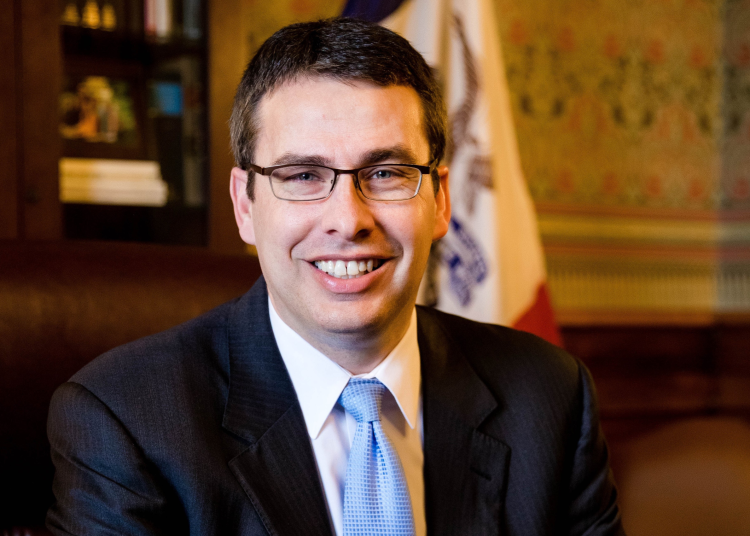By Joe Sheller / Media Column
I am a fan of election year political debates — not because they are all that entertaining, but because they provide an important venue for voters to see candidates and get beyond the attack ads.
Political debates are not perfect. They tend to be hamstrung by rules set by the politicians involved, and often feature memorized messages that candidates repeat at any opportunity. They don’t often illuminate issues that much and the quality of questions has a lot to do with the debate’s effectiveness in revealing anything about the candidates.
Regardless, they are worth it. Candidates face each other and questions from reporters or those submitted by the public. That’s a healthy exercise.
I’ve watched five debates this election season: the two First Congressional District debates between U.S. Rep. Rod Blum and challenger State Rep. Abby Finkenauer, and the three debates between Gov. Kim Reynolds and challenger Fred Hubbell.
Such debates have an interesting history. The fact that they are common now is partly a historic fluke. Federal law had to be changed so that the FCC would allow the first televised presidential debates in 1960 and there was no agreement between candidates to hold any rematches until 1976.
That 1976 election was significant in many ways. It was the first year of the “Iowa strategy.” In 1972, George McGovern got a bit of a bump from early success in Iowa, and in 1976, the two Iowa political parties staged joint January caucuses in a brazen attempt to gain media attention for our tiny state. A peanut farmer from Georgia, Jimmy Carter, recognized the opportunity and pushed a successful grassroots campaign in Iowa, giving him a bump that led to his nomination and eventual presidency, while also firmly establishing Iowa as the lead-off event in presidential politics.
Something else happened in 1976, too. President Gerald Ford agreed that year to debate Carter on television during the fall campaign. Indeed, a gaffe by Ford saying Eastern Europe was not controlled by the Soviets cost him dearly. But that was the start of the modern debate tradition, which has only grown since then.
The normalizing of debates as a regular part of presidential campaigns is echoed in other election contests, which helps explain why they happen often in congressional or gubernatorial elections. Of course, even in Iowa this season we’ve seen some candidates refuse to debate or pull out of debates, but these days it is unusual when debates don’t take place.
My impression of the five debates I watched is that none changed the dynamics of their races. However, TV debates are not all about content, but also about persona, and Reynolds had the more pleasing personality in her matches with Hubbell. In the First Congressional District, challenger Finkenauer did a bit better in the first debate in Cedar Falls than in the second in Cedar Rapids. In Cedar Rapids, Blum was way more combative, and he didn’t seem to be repeating his campaign slogans as much as Finkenauer did.
All the candidates did well enough in appealing to their supporters.
Overall, the person in the debates that I was most impressed with was Ron Steele, veteran TV anchor for KWWL. He questioned Blum and Finkenauer in Cedar Falls, and Hubbell and Reynolds in Sioux City. In both debates, he asked reasonable, policy-focused questions — bringing up the tough issue of health care in the gubernatorial debate, for example.
The 2018 debates weren’t perfect. They don’t provide enough context or background for a voter to rationally pick a candidate. And I frankly would have liked the Libertarian candidate in the gubernatorial race to have the opportunity to appear in at least one of the debates, given that party’s increased prominence.
Still, the debates are valuable. In an era when too many candidates duck interviews with local newspaper editorial boards, at least the debates do show candidates answering journalists’ questions.
Joe Sheller is an associate professor of communication and journalism at Mount Mercy University in Cedar Rapids. He can be reached at [email protected].




